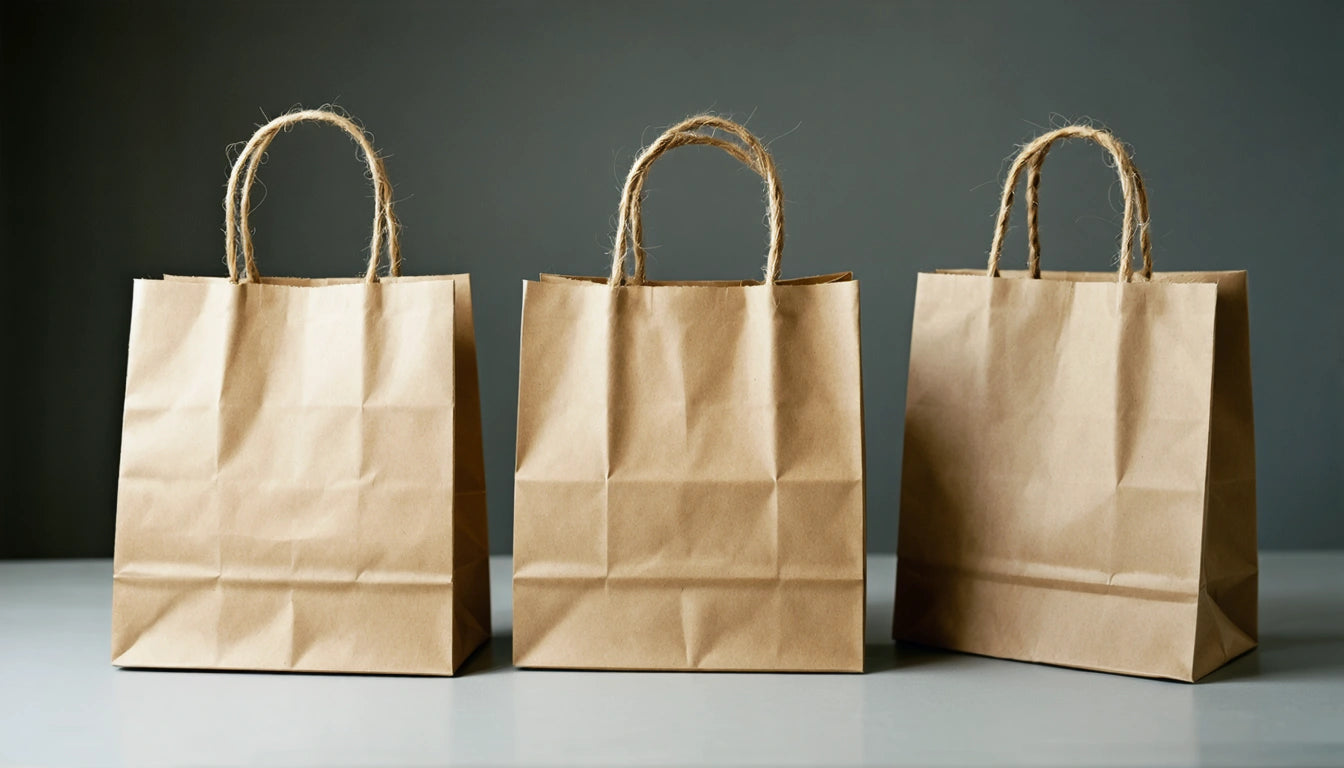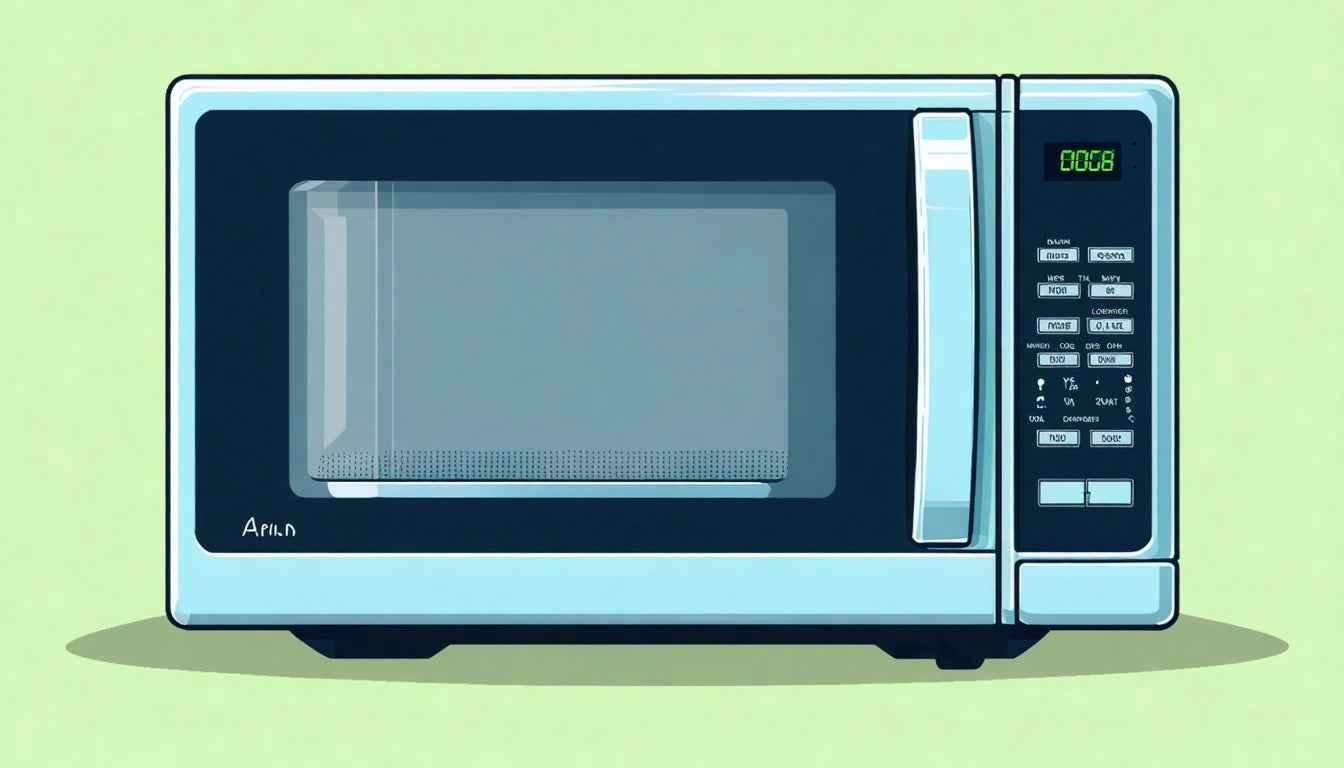Table of Contents
- Printing Methods for Paper Bags
- Preparing Your Design for Paper Bag Printing
- DIY Printing Techniques for Small Businesses
- Professional Printing Services and Considerations
- Eco-Friendly Printing Practices for Paper Bags
- Troubleshooting Common Issues When Printing on Paper Bags
- Future Innovations in Paper Bag Printing Technology
Guide to Printing on Paper Bags: Techniques and Tips
Custom printed paper bags offer businesses a powerful branding opportunity while providing functional packaging for products. Understanding how to print on paper bags effectively can elevate your packaging strategy, whether you're a cannabis dispensary, retail store, or small business owner. This guide covers everything from DIY methods to professional printing techniques.
Printing Methods for Paper Bags
Several printing methods work well for paper bags, each with distinct advantages depending on your budget, volume needs, and design complexity.
Screen Printing
Screen printing remains one of the most popular methods for printing on paper bags. This technique uses a mesh screen to transfer ink onto the bag surface.
- Ideal for: Bold graphics, solid colors, and medium to large production runs
- Advantages: Vibrant colors, durability, cost-effective for larger quantities
- Limitations: Not ideal for photographic images or gradients
Digital Printing
Digital printing has revolutionized how to print on a paper bag, especially for smaller businesses.
- Ideal for: Complex designs, photographic images, small to medium runs
- Advantages: No setup costs, quick turnaround, print-on-demand capability
- Limitations: Higher per-unit cost for large quantities, sometimes less vibrant than screen printing
Flexographic Printing
Flexographic printing uses flexible relief plates and fast-drying inks.
- Ideal for: High-volume production, simple to moderately complex designs
- Advantages: Fast production speeds, consistent quality, economical for large runs
- Limitations: Higher setup costs, less detail than digital printing
Preparing Your Design for Paper Bag Printing
Before printing, proper design preparation ensures optimal results on paper bags.
Design Considerations
When creating artwork for paper bags, keep these factors in mind:
- Paper color affects how inks appear. Darker bags require lighter ink colors for visibility.
- Consider the bag's texture. Different paper types accept ink differently.
- Allow for printing bleed (extra margin) of at least 1/8 inch around all edges.
- Avoid placing critical design elements where creases, handles, or folds will distort them.
File Preparation
Proper file setup ensures the best printing results:
- Use vector formats (AI, EPS, PDF) for logos and text to maintain scalability.
- For photographic elements, maintain a resolution of at least 300 DPI.
- Convert all text to outlines/paths to avoid font substitution issues.
- Use CMYK color mode rather than RGB for more accurate color reproduction.
DIY Printing Techniques for Small Businesses
Small businesses can print custom paper bags in-house with several accessible methods.
Rubber Stamps
Custom rubber stamps offer a cost-effective solution for basic branding:
- Purchase or create custom rubber stamps with your logo or design.
- Use pigment-based ink pads designed for porous surfaces.
- Allow sufficient drying time to prevent smudging.
- Consider using a heat gun to set the ink more permanently.
Stenciling
Stenciling works well for simple designs and patterns:
- Cut designs from cardstock or purchase pre-made stencils.
- Secure the stencil to the paper bag with removable tape.
- Use a foam dabber or spray paint to apply ink through the stencil.
- Remove the stencil carefully while the ink is still wet.
Heat Transfer
Heat transfer works particularly well for detailed designs:
- Print your design on heat transfer paper using an inkjet printer.
- Cut around your design if needed.
- Position the transfer on the bag and apply heat with an iron or heat press.
- Use parchment paper between the iron and transfer paper to prevent sticking.
For businesses looking to ensure consistent quality across their packaging, precise measurement tools like digital scales can help maintain uniformity in materials and products being packaged.
Professional Printing Services and Considerations
When your volume needs increase or you require higher quality, professional printing services become more cost-effective.
Choosing a Printer
When selecting a professional printing service:
- Request samples of their paper bag printing to assess quality.
- Inquire about minimum order quantities and price breaks.
- Ask about paper sourcing and eco-friendly options.
- Confirm turnaround times and rush options if needed.
Cost Considerations
Understanding cost factors helps with budgeting:
- Setup costs vary by printing method (screen printing has higher setup but lower per-unit costs).
- Number of colors significantly impacts price (more colors = higher cost).
- Bag quality and material affect both printing results and overall costs.
- Special finishes like foil stamping or embossing add premium costs but enhance perceived value.
Eco-Friendly Printing Practices for Paper Bags
Sustainable printing practices align with the eco-friendly benefits of paper bags.
Ink Choices
Environmentally responsible ink options include:
- Soy-based inks, which produce vibrant colors with less environmental impact.
- Water-based inks that contain fewer volatile organic compounds (VOCs).
- UV-cured inks that produce minimal waste and require less energy to dry.
Paper Selection
The right paper choice enhances sustainability:
- Recycled kraft paper offers durability with reduced environmental impact.
- FSC-certified papers ensure responsible forestry practices.
- Unbleached options eliminate chlorine and other chemicals from the production process.
Troubleshooting Common Issues When Printing on Paper Bags
Even experienced printers encounter challenges when printing on paper bags.
Ink Absorption Problems
If ink spreads or bleeds excessively:
- Use less ink or apply multiple lighter coats instead of one heavy application.
- Consider pre-treating the paper surface with a thin sealant.
- Adjust ink viscosity according to paper porosity.
- Allow adequate drying time between color applications.
Print Alignment
For consistent placement across multiple bags:
- Create a simple jig or template to position bags consistently.
- Mark registration points on your work surface.
- Print a small batch first to test alignment before proceeding with full production.
- Consider the bag's construction and how it might affect printing placement.
Future Innovations in Paper Bag Printing Technology
The field of paper bag printing continues to evolve with emerging technologies and consumer preferences. Interactive elements like QR codes linking to product information are becoming increasingly popular. Smart inks that change color with temperature or humidity offer new ways to engage customers and ensure product freshness.
Personalization technology is also advancing, allowing for variable data printing where each bag in a batch can feature unique elements like customer names or sequential numbering. As sustainability concerns grow, we're seeing development in compostable inks and adhesives that break down completely alongside paper bags in commercial composting facilities.
For businesses looking to stay ahead, investing in these emerging printing technologies can provide a competitive edge while meeting growing consumer demand for innovative, sustainable packaging solutions.











Leave a comment
All comments are moderated before being published.
This site is protected by hCaptcha and the hCaptcha Privacy Policy and Terms of Service apply.